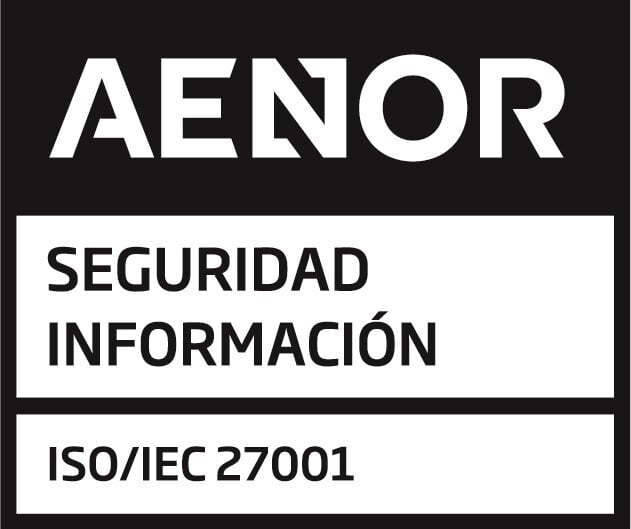Amid global uncertainties, renewables power stock grew by an impressive 9.1 percent in 2021. The IRENA’s report for the year showed that solar and wind were again at the helm of new renewable capacity.
Even as the sector celebrates its growth, the right accounting approach is imperative for solar power plants. Proprietors and operators of solar power plants should consider several in the accounting of their facilities. Care should be taken when accounting for these assets because while they are in the infrastructure segment, they present a unique risk-return profile.
Read on for brief coverage of five critical issues in the accounting for solar power plants.
1. Depreciation of Power Generating Equipment
Investment in a solar power plant is in most cases characterized by fixed assets that carry most of the cost. The most notable pieces of equipment, in this instance, include solar PV modules, batteries, meters, and energy storage systems (ESS). But also remember to consider the not-so-obvious power generating equipment. Depending on the environmental management of the place and time, the project may involve site protection and related such.
Over the useful time, power generating equipment is bound to reduce in monitory value, or depreciate as commonly called in accounting circles. Periodic depreciation of these items is therefore necessary. The most conventional business will depreciate its assets after one year. For equipment that doesn’t last beyond one year, it is placed in the business expense category so there is no need to depreciate it.
For the rest of the equipment, an appropriate accounting method should be applied to correct the allocation of costs. Solar power generating equipment is eligible for depreciation. Most countries recommend the straight-line method, but there are instances where particular corporate tax regulations must be followed.
2. Accounting Treatment For Land Lease And Asset Retirement Obligation
As large-scale solar energy projects continue to increase, there is more need for leased land. When the lease term ends, the project owner is obligated to remove the solar power equipment and give back the land to the owners.
This issue arises often in solar energy and by extension the renewable energy industry. The lease for land/property on which the solar power plant stands. When this obligation is in the lease agreement, the lease should record the estimate and time of the liability. Accretion is usually done annually as the solar power plant is depreciated.
It is important to account for this obligation in as many details as possible when analyzing the life of the solar power generating equipment. Are there likely costs of retiring this equipment? Accrue such costs and record them under asset retirement.
Note that as the obligation realization date approaches, the accuracy of the estimate increases.
3. Assessment And Recognition Of Impairment At Period End
Despite power generating equipment being a fixed asset that is valued at cost, there are some instances when impairment accounting is necessary. Impairment accounting simply means that the equipment is given a lower book value to reflect the equipment has depreciated in profitability. This accounting demonstrates the change in the recoverability of an asset.
Notably, this type of accounting doesn’t have to consider the market price of the asset, but it could require a book value reduction for the same.
4. Equipment Lease
As for the case of the land on which the asset stand, leasing can also apply for the equipment themselves. Some solar power projects choose this path as a financial strategy.
Modern accounting standards recommend two ways to account for this lease namely operating leases and finance leases. Operating leases are for rental transactions while finance leases go with purchase and sale transactions.
The finance lease is usually under non-cancelable terms and gives high economic benefit to the lessee.
5. Capital Expenditures and Repair Expenses
Understanding the difference between capital expenditures and repair expenses is crucial for accounting for solar power plants regardless of the stage of the project. While repair expenses are for routine maintenance of the asset, capital expenditure goes into improving the asset. If any cost goes into enhancing the value of the underlying assets, then it is called an item of capital expenditure. Repair expenses refer to the cost needed for the maintenance of present value. You can see why it is often difficult to tell apart these expenses. The choice of whether to apply tax on these expenses or not is still contentious.
Parting Shot
Identifying and implementing these accounting issues for a solar power plant is the perfect reminder of the financial performance you expect for the project.
Manage your solar power plant with ease by using the QBI comprehensive platform that offers Accounting / ERPs System capabilities. The software developed for professionals makes your life easier because it integrates accountancy data with maintenance activities, performance data, energy invoicing, and much more.
If you would like to learn more about these and other elements of accounting for solar power plants, request a free demo today.
